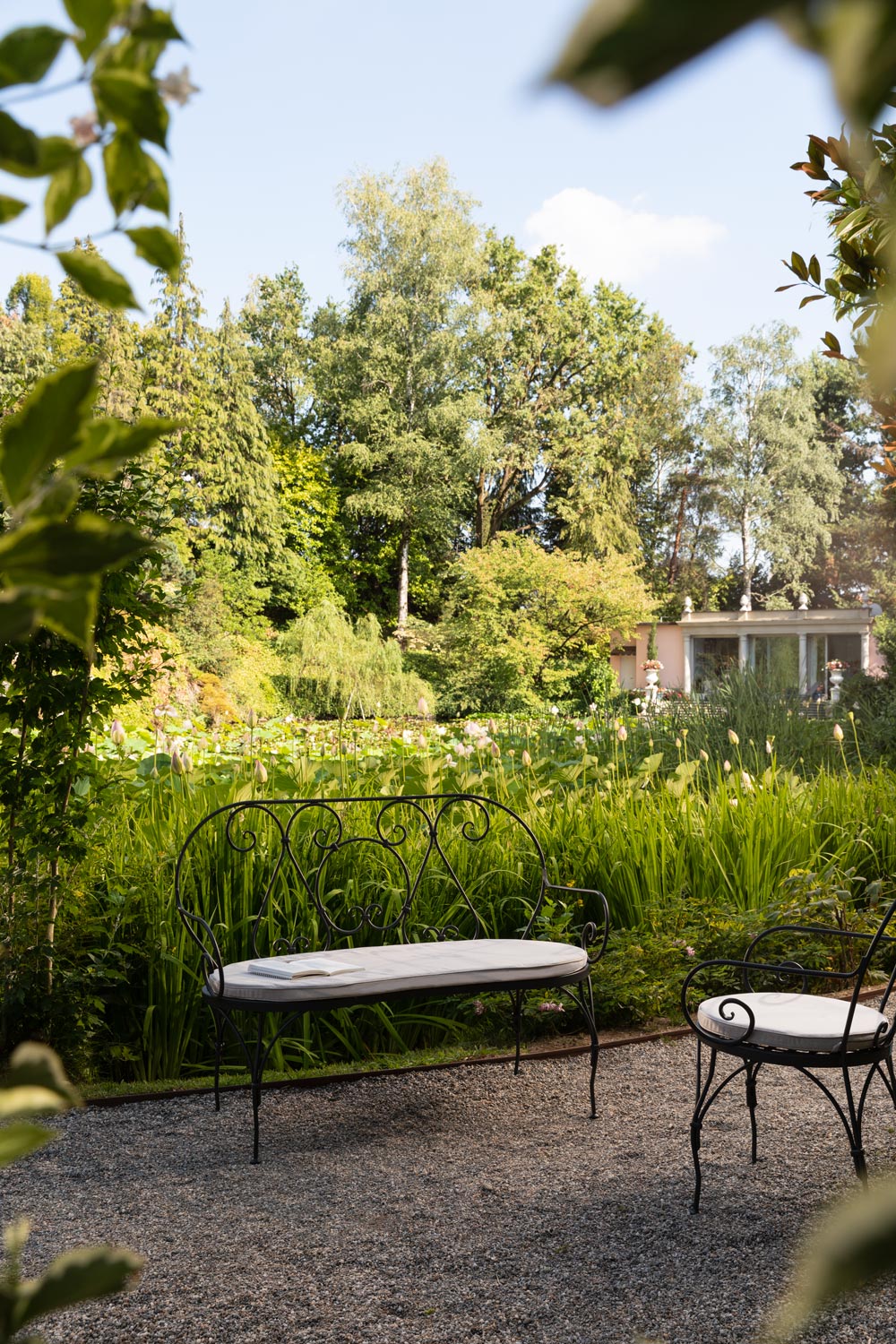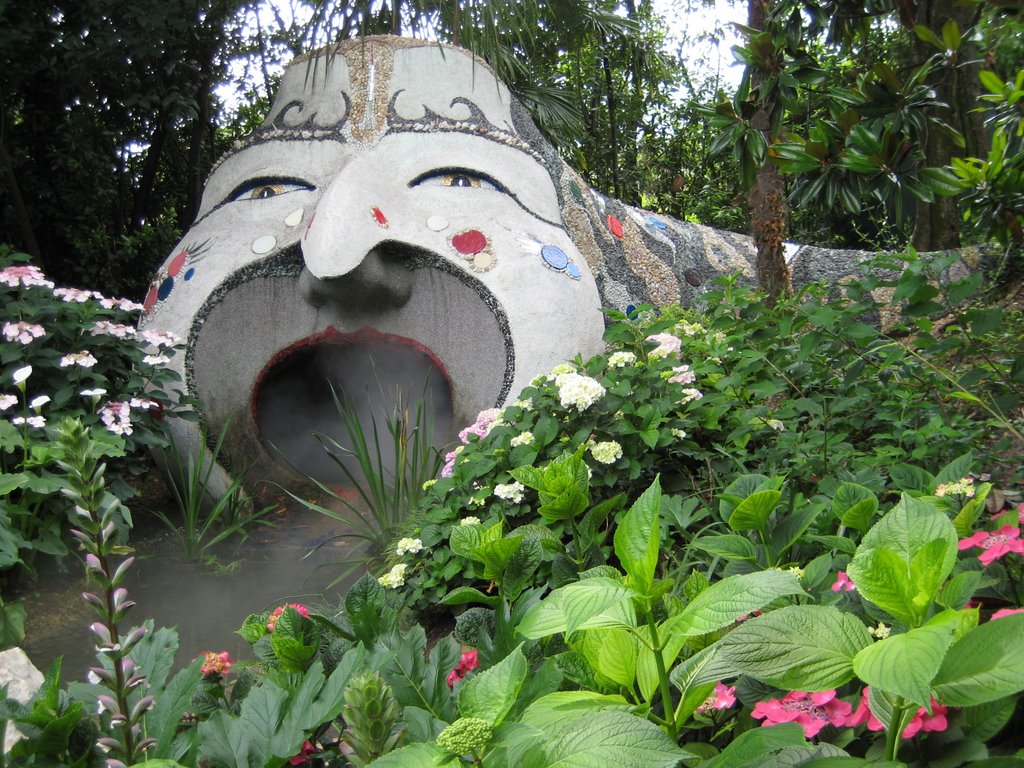Botanical Gardens

Botanical gardens, a journey through research, beauty, meditation and art. Places of restoration and meditation where nature meets ancient history: botanical gardens are all throughout Italy and safeguard biodiversity by monitoring climate change. They are places of study as well as oases of relaxation, amazement, flowery paths and rare plants. Within their borders artists and thinkers, surrounded by rare beauty, have created amazing masterpieces. Embark with us on a journey throughout history and among nature with a small guide that will take you on a discovery of Italy’s most beautiful gardens that you can visit and photograph.
Gardone Riviera Botanical Garden
Gigantic bamboo plants, a Japanese garden and in the flower beds, among intensely scented ancient roses, works of art by Roy Lichtenstein and Keith Haring pop up here and there, alongside those of the owner, the Austrian artist and composer André Heller. In 1989, on his way to the Venice Biennale and while passing through Gardone Riviera, Heller discovered the somewhat forgotten property and decided to buy the villa and garden which later took his name. However, the history of the botanical garden begins much earlier. At the beginning of the twentieth century, Austrian botanist Arturo Hruska, enraptured by the microclimate of Lake Garda, purchased a villa with the immense garden on the enchanting hills of Gardone Riviera. A great enthusiast and connoisseur of plants and botany, in his extensive travels he had admired gardens all over the world, and here he decided to create a spectacular one.
It was only in the nineties, when André Heller decided to open its doors to colleagues and fellow artists, that the garden grew in notoriety.
Some, to reciprocate support and hospitality, donated their works of art. Presently, although it is a private residence, it is possible to visit the garden, which remains open to the public. Today the cultivations have changed, as well as the microclimate so loved by the first owner has, yet along with peonies, azaleas and the bamboo plantation, the Heller Garden is home to over 3000 plant species from all over the world, and every year the gardeners plant ten thousand new bulbs. A botanical variety not to be missed!.
Brera Botanical Garden
The green oasis botanical garden managed by the University of Milan is hidden behind the Southern walls of Brera Pinacoteca, nestled between the buildings in the center of Milan. During the year of the Covid virus lockdown, it never closed, and they even continued to work non-stop between greenhouses and the flower beds. This has guaranteed the historic green areas to regenerate and continue to thrive. The garden has a long history, dating back to the fourteenth century when it served as a place for a restful refreshment, meditation and plant cultivation by Jesuit religious groups. In the second half of the eighteenth century, thanks to the enthusiasm of Empress Maria Theresa of Austria, Palazzo Brera became a lively cultural center in Milan in the sphere of the world of art, literature and sciences. Thus, in the second half of the 1700s, the garden was officially established as the Brera Botanical Garden. Even today the garden, in addition to preserving and safeguarding the natural, green heritage, intends to bring the public increasingly closer to getting to know nature, offering experiences dedicated to families, such as Arte Orto, a project born in collaboration with the Pinacoteca to guide adults and children in the discovery of the thread that connects the art works exhibited in the art gallery and the plants which grow in its garden. At the entrance, the visitor is led to discover the world of plants depicted in some of the famous paintings of Pinacoteca di Brera, to then find and re-experience it among the plants grown in the Botanical Garden. A unique walk among art and nature. The intent is to generate a dynamic museum to be visited throughout the year, discovering at each visit a change related to the cycles of nature.
Aurora
A romantic and harmonious collection characterized by the hand forged iron backrests and table bases. There is a wide choice of components: sofa, armchair, chair, table, folding console, cupboard and adjustable sunlounger. The table-pot stand can easily be transformed into a practical small tea table by adding an oval table top completes this collection.

